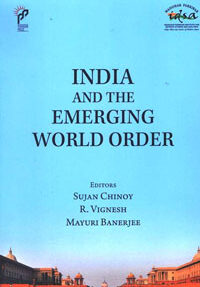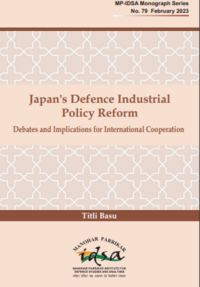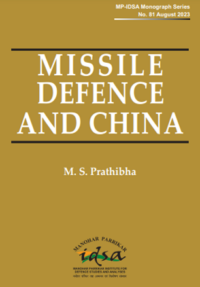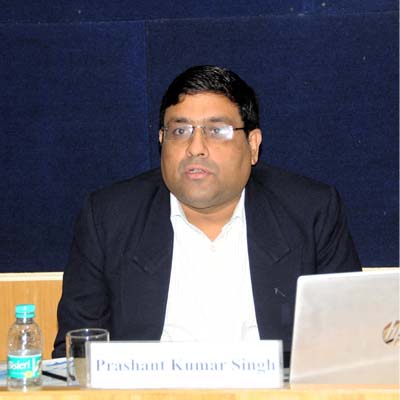New Gambles in Ladakh
It all appears that the Indian army this time got clear orders to hold the ground and undo what the previous UPA government did – dismantled huts, bunkers and observation posts in exchange of PLA moving back from the Indian territory.
- P. Stobdan
- September 25, 2014













